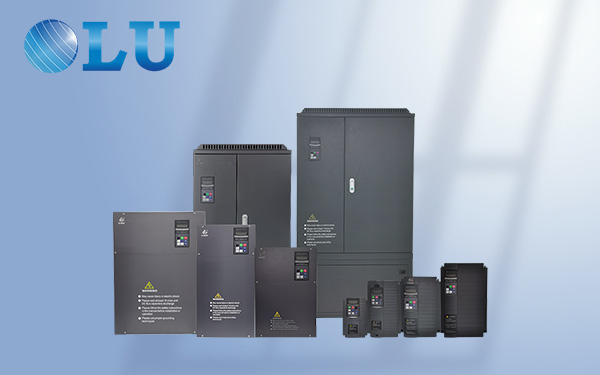Development and Challenges of the Frequency Inverter Industry
A frequency inverter is a power electronic device used to control the speed and torque of AC motors. It is widely applied across various sectors such as industry, construction, transportation, and agriculture. Currently, the global frequency inverter market is experiencing rapid growth and is projected to reach $26 billion by 2025. This expansion is primarily driven by the increasing adoption of industrial automation, improved energy efficiency, as well as ongoing infrastructure development and urbanization.

On the domestic front, China’s frequency inverter industry has also maintained robust growth. In 2018, the market size of frequency inverters in China exceeded RMB 10 billion, and it is projected to reach RMB 15 billion by 2023. With the ongoing upgrading of the manufacturing sector and the rise in intelligentization, frequency inverters are set to become a critical component of industrial automation. Moreover, national policies promoting energy conservation and emissions reduction, along with increasing environmental awareness, are expected to create further market opportunities for the industry.
However, the frequency inverter sector also faces several challenges. First, the market is highly competitive, with numerous brands and a high degree of product homogenization. Companies must differentiate themselves through technological innovation and brand building. Second, the high technical requirements and R&D costs associated with frequency inverters demand significant financial and human resource investments. Finally, the application scope and market demand for these devices are influenced by macroeconomic conditions and industrial structure, requiring companies to adapt their product portfolios and market strategies in a timely manner in response to changing conditions.